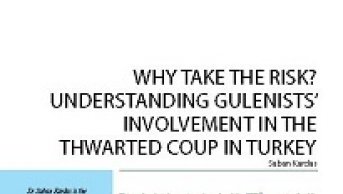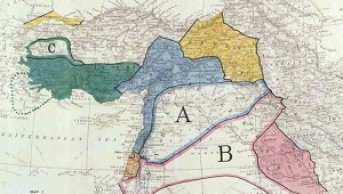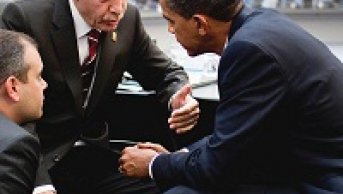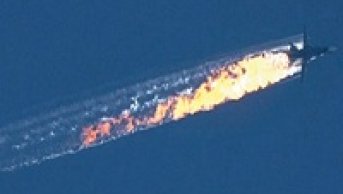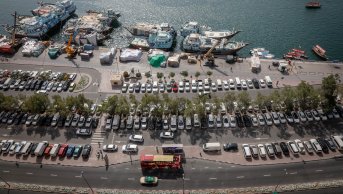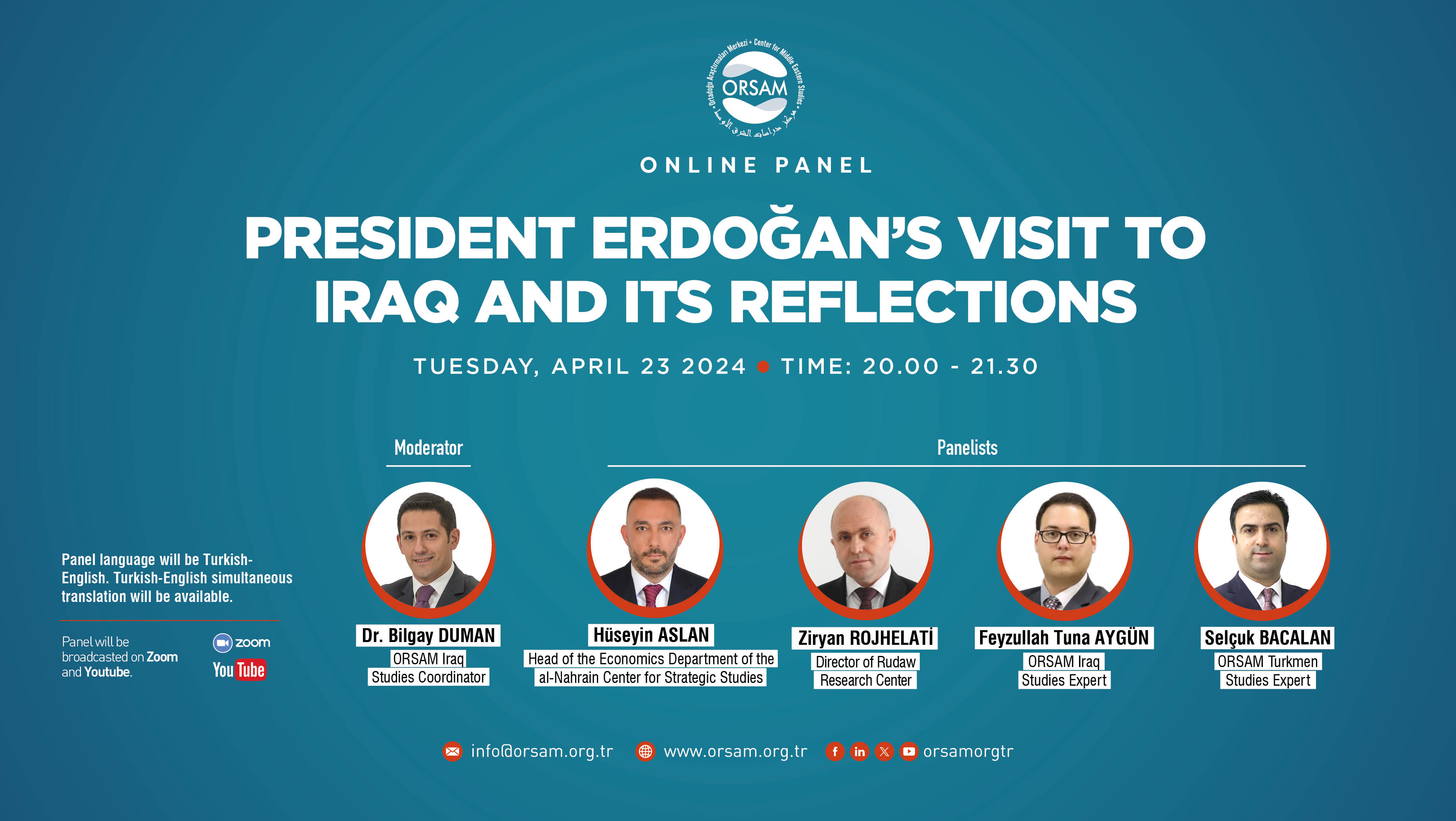Mosul Operation and Rising Risks
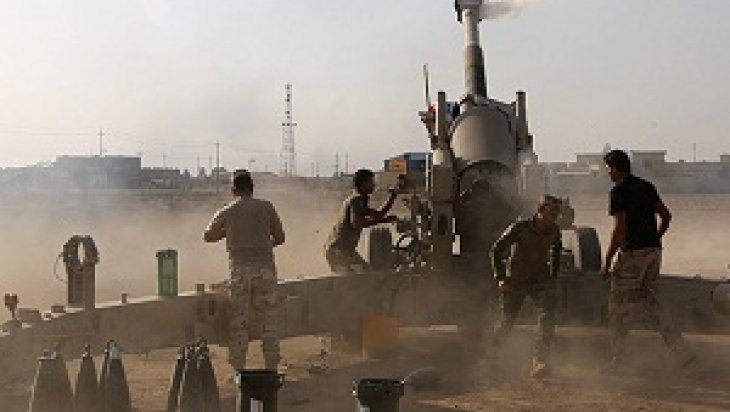
It has been two weeks since the outbreak of the Mosul Operation; the most critical step in the military fight against ISIS in Iraq. In the discussions held before the operation, it was often underlined that this would be an important development due to its political dimension rather than its military aspect. While the military gains remained limited during the period in between, there are rising risks in the political environment where the operation was launched.
ISIS launched attacks in Kirkuk city center on 21 October and seized control in Rutba, an Iraqi town in the province of Anbar for a while when all the attention was drawn to Mosul, which reminded once again of the fragility on the security front.While Mosul has not yet been completely surrounded, progress has not been made to the same extent on all fronts. Coalition officials have stated that the operations have been suspended in order to evaluate the current situation on the fronts and strengthen the position of Iraqi security forces in the field.
Even though it is indicated that such suspense was a foreseen step, ISIS’s resistance was beyond anticipation and the progress remained limited, which had undeniable effects. In the same environment, the news regarding the advance of al-Hashd al-Shaabi militia towards Tal Afar further complicated the military dynamics and the political equilibrium. While the news shows that Iraqi special operation forces have entered the outskirts in Mosul, it is also seen that ISIS has increased its fortification in the city center.It is possible to make a range of evaluations regarding the course of the operation at this point and its political repercussions.
Was the operation launched early?
Firstly, the argumentsthat the political factors determined the timing of the operation seem to have some valid points. Iraqi army corps took significant steps in 2016, before passing to the final operation phase, in order to suppress ISIS in the large vicinity of Mosul and to intercept the supply routes.Qayyara Army Base where the joint operation units are deployed and operations are planned today was reclaimed in July, which was a turning point. Again, the command echelon of the organization was targeted by the attacks against prominent ISIS leaders, which was a significant development for the preparations for the operation. Nonetheless, it is also a fact that the operation was not launched in a conjuncture where the military conditions were completely met on the field.
On the other hand, the political plans of different actors in the operation (US presidential elections, the problems faced by Iraqi Prime Minister Haider al-Abadi in Baghdad politics, MasoudBarzani’s plans to strengthen his own position and different local and regional plans of the components of al-Hashd al-Shaabi and of Iran as their main supporter) constituted a significant factor which increased the pressure for the Mosul war to be waged immediately.
Differences in the political agendas led to the concentration of a military force which had low capability of launching joint operations on the field and would most probably have different military priorities. This was clearly witnessed for two weeks during which the effects of the disconnect were felt. The closer they are to the final city wars in Mosul and ISIS’ main defense lines, the higher these disputes continue to risk coming to the forefront.
Is the political roadmap prepared?
Secondly, another question arises with respect to the extent of appropriate political conditions for the operation to be launched. The local leaders searched for a more progressive political dialogue which would prioritize Mosul liberation rather than a destructive military intervention.
Even though the local leaders lookedfor clarity with respect to what kind of political settlement Mosul will have after its liberation from ISIS or to how the issue of disputed regions will be resolved, a political roadmap was not presented to them regarding the “Mosul question” before the upcoming operation. While the actors participating in the military operation had overlapping political plans which led the war to break out as soon as possible, it is seen that actions were taken largely regardless of the concerns of the local actors, especially Sunni Arab leaders.
It is again difficult to say that the concerns of the Sunni are completely heard in the ‘bargains’ between the actors carrying out the operation. Baghdad government prevented Sunni actors from developing an effective military structure when the operation was upcoming. Sunnis do not still have concrete gains, except for the commitments that al-Hashd al-Shaabi will not enter the city center of Mosul.
However, the political conditions where the reasons that allowed ISIS to reclaim Mosul in the first phase and the local population was forced to make a choice between “ISIS and repressive Shiite government” have not yet been removed altogether. It appears that ISIS’ military strategy on the field will also seek to target this delicate political equilibrium.
If the will of yielding quick results on the military front overrides striking a delicate balance between all the aforementioned disputes in the political agendas of the actors joining the operation, the Mosul operation will be carried out in a way that will lead to a very high level of destruction and the ‘Mosul question’ will turn more insolvable ‘in the post-ISIS period’.
ISIS is ready for a long-lasting fight
Thirdly, ISIS is still seen to maintain its strategic integrity. It was uncertain what kind of military strategy ISIS would follow before the Mosul operation was launched. There was no strong conviction whether ISIS would basically show considerable resistance in Mosul or would leave the city and head towards Syria’s internal regions. There were serious arguments that ISIS would not show considerable military resistance in Mosul. The operation was launched without completely surrounding the transit line to Syria through Tal Afar and Sinjar, which was interpreted as leaving an escape corridor to ISIS at this point. For instance, the intelligence reports to the effect thatISIS’s command echelon moved to Syria was said to support this thesis.
At this point, ISIS is seen to maintain integrity of command, control and communication and to prepare for a long-lasting fight. Just as it could create strategic uncertainty in the eyes of its enemieswith respect to its own targetsthanks to this ability, it still maintains its capability of developing a surprise attack as seen in the example of Kirkuk raid. Even though ISIS is far from gaining anoverwhelming military supremacy that will allow it capture cities through such attacks as it did during its advance in 2014, it reaches certain tactical targets by terrorizing its interlocutors and stirring the problem of especially displaced Sunni migrants.
Fourthly, it is understood that ISIS will resist in Mosul. In contrast to the information that ISIS militants left the city before the operation, recent information stating that new militants enter the city from Syria and the increasing fortification in the city shows that ISIS is preparing for a long-lasting final conflict. The military operations may be anticipated to evolve with new fronts and actors in the following process, upon this determination showed by ISIS.
The line which reached Raqqa through the west of Mosul and Tal Afar and was left open so that the Mosul operation could be launched turned into a supply line rather than an ‘escape corridor’, which made Tal Afar operation prominent. Al-Hashd al-Shaabi which had previously planned to enter the region has stepped into action and Turkey has objected to this, which looks like a development that will further complicate the political dimension of the operation. Again, US officials have started to talk about a simultaneous operation in Raqqa. This is directly related to this dynamic interaction between Raqqa and Mosul.
More importantly, if ISIS, which is preparing for a challenging city war against the advancing coalition forces,continues to resist, this may pave the way for al-Hashd al-Shaabi forces’ being used in the urban warfare, in contrast to what was previously promised. Although it has been already planned that Iraqi special operation units, counterterrorism unit and federal police will be used in the urban warfare, the al-Hashd al-Shaabi option may also come to the agenda –in different disguises- according to the course of the conflicts.
What will happen after the operation?
As the fifth point, it is possible to draw a pessimistic image regarding ISIS’ next phase. Despite its resistance and concentration in Mosul, it is difficult for ISIS to come out of this city with a “victory”. The territorial period based on the land control of the organization in Iraq will end after the war. As witnessed during Kirkuk attacks, it is possible that it will continue its activities as a ‘terrorist organization’ with different surprises and hit and run tactics. ISIS which has been pulled to the underground may enter a period when it will survive as a 'resistance organization' and maintain its terror campaign by also using its sleeper cells.The security gap of Iraqi security units which is considered to continue for a longer period will lay the groundwork for this.
It can be anticipated again that ISIS may continue “as an idea”. As stated by many specialists, it is highly possible that ISIS will emerge in a new form in the following period unless the “Sunni problem,” which is one of the major determinants of the post-2003 Iraqi politics, is solved.
Given the current course of the Mosul operation and the military strategy followed by ISIS, it appears that both sides will consciously and unconsciously continue to take steps which will maintain Sunni marginalization in Iraq.A military victory which will be won against ISIS under the current conditions in Mosul will only lead to the end of a chapter of this story rather than eliminating the political crisis full of instabilities in post-2003 Iraq. There has not yet been a sign for a more positive image in the next chapter than the current one.

